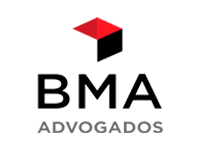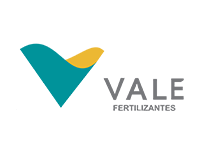Free and sworn translation with public faith throughout the national territory and recognized in most foreign countries.

Aliança Traduções is a language service provider with over 20 years of experience in providing language services to national and international clients. Our language services include certified translation, free translation, interpreting, localization, revision, transcreation, among other services, in English, Spanish and Portuguese. We have a team of specialized professionals and a robust technology structure aimed at providing the best experience to our clients.












Free and sworn translation with public faith throughout the national territory and recognized in most foreign countries.
Spelling and grammar correction to ensure the quality of the final document.
Unlocking Cultural Boundaries with Creative Translations.